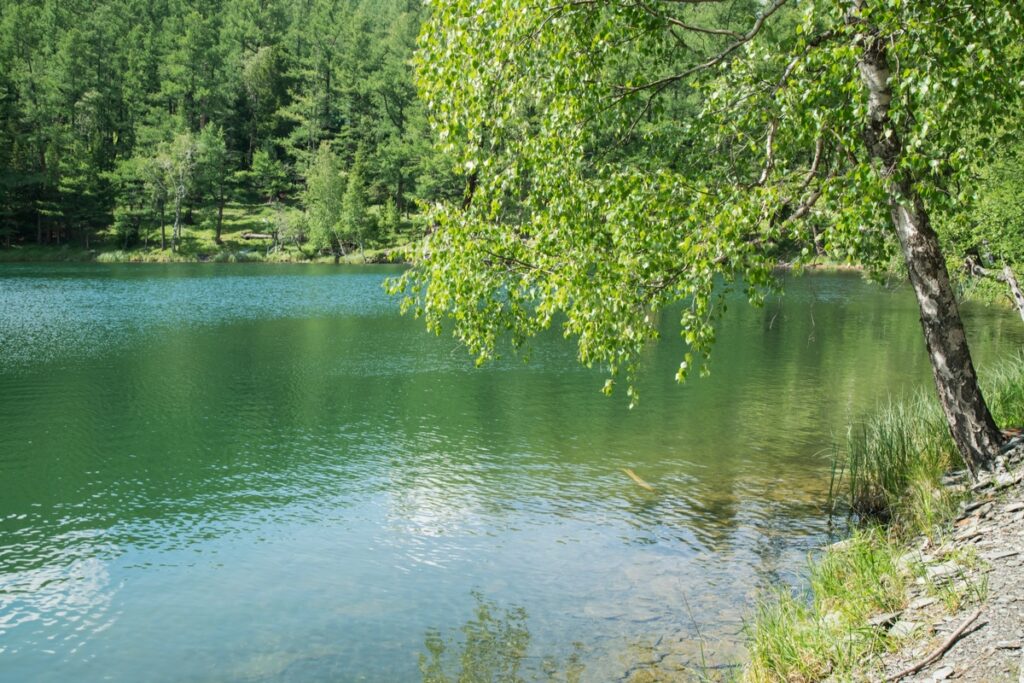Environmental impact
Studies show that the wind conditions in Tolpanvaara are excellent. There are no nature conservation or national-defence-related restrictions. The lack of residential housing means that the wind farm can be built with minimal disturbance. There is a good network of forest roads already in place.

The construction of the wind farm was preceded by a comprehensive environmental impact assessment (EIA), where impacts on both people and nature were considered. In parallel with the impact assessment, a land use plan was drawn up.
During the EIA and the land use plan process the main impacts to be assessed were:
- effects on population and land use;
- effects on the landscape;
- sound and shading effects and their effects on people’s living conditions and amenity and recreational use;
- impacts on birds and biodiversity.
In the assessment of environmental effects, priority was given to those assessed as significant and perceived effects. The EIA programme included a Natura needs assessment in accordance with environmental legislation.
In the EIA review phase, the following additional studies were made to support the existing material in the evaluation work:
- Shading and flicker modelling
- Noise modelling
- Nesting study
- Migratory bird survey
- Vegetation and nature survey
- Bat clearing
- Nature study of transmission line routes in the project area
- Illustrative landscape effects with photo adapters
- Archaeological inventory
- Resident survey, small-group work and interviews
- Impact on reindeer husbandry study
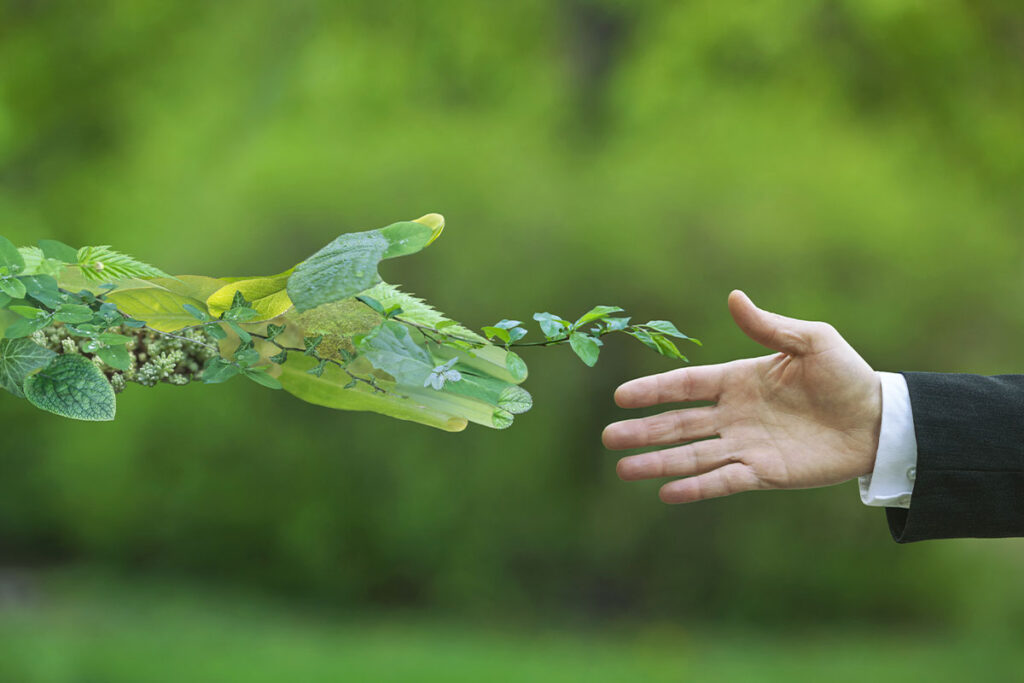
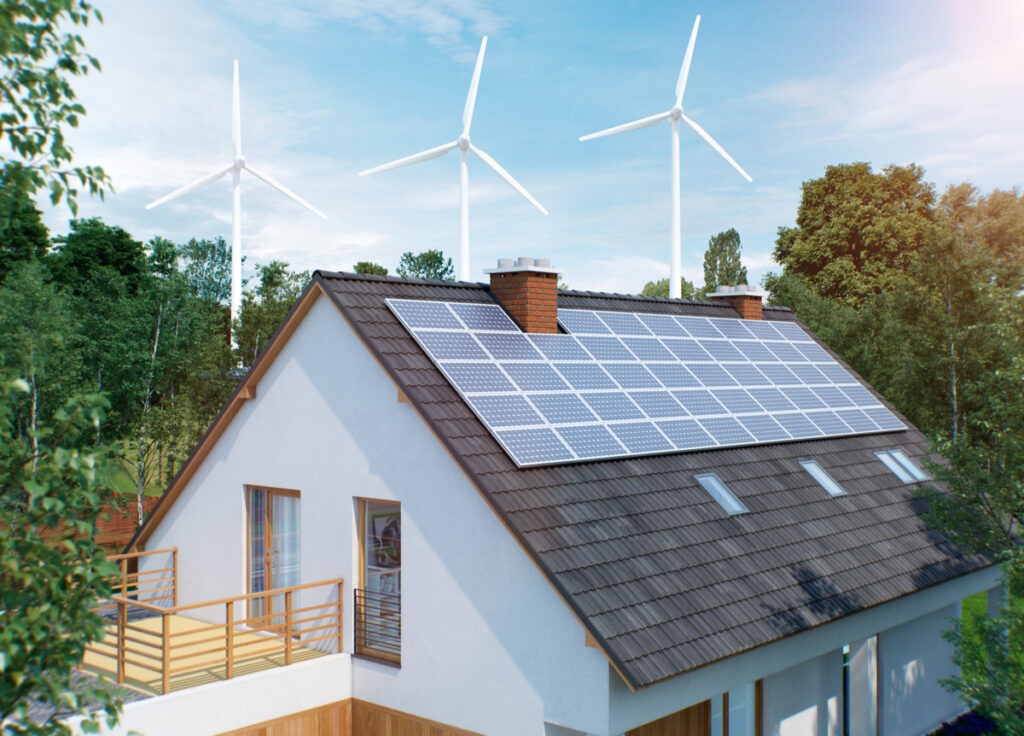
The nearest houses are around 1,600 m from the wind farm. Settlement in the vicinity of the project area is sparse. The nearest small settlements are the villages of Puhos, Kosamonniemi and Kurje.
The holiday buildings in the vicinity of the project area are mainly located on the shores of the water bodies around the project area, such as Pieni Haukijärvi, Haukijärvi and Puhosjärvi.
The total development area of the Tolpanvaara Wind Farm is 2,200 ha and deforestation operations are required for around 25 hectares.
Main conclusions of the EIA
Land use
Adverse effects can be prevented by good information on measures or restrictions on the site, both during construction and during operation. The project will improve the existing road in the project area and complete the road network with plug-in roads leading from the existing forest roads to the wind turbines.
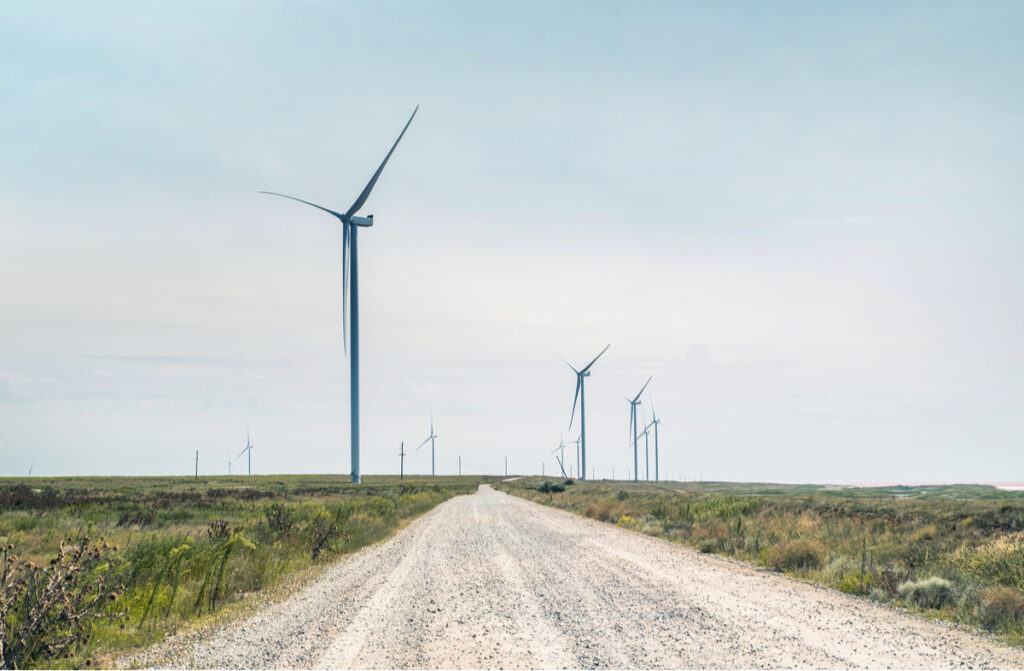
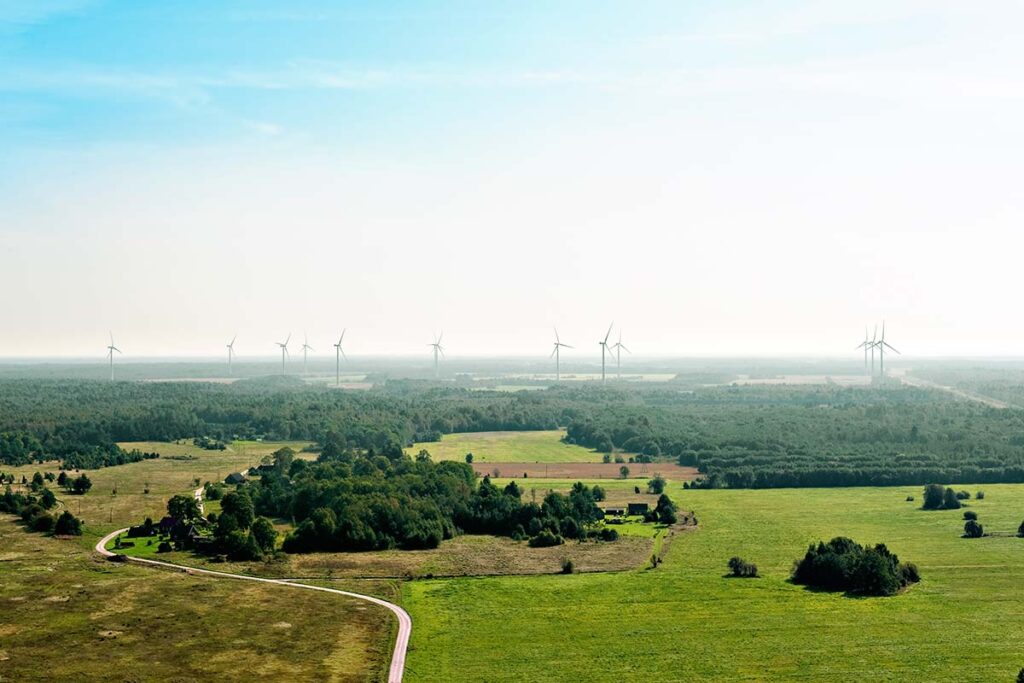
Landscape and cultural-historical values
Wind turbines are large in size, resulting in a limited range of means to reduce adverse landscape impacts. The coloring of the power plants is white/gray, which has been found to be the best coloring for the surrounding landscape.
Known ancient relics in the area have been taken into account in the planning of the wind farm. Careful planning and execution of construction work can prevent damage to the ancient remains (tar grave).
Vegetation
The location of endangered species must be taken into account in the planning of the construction works and must comply with the Forest and Water Act.
Noise
The noise reference values are not exceeded by the wind farm at residential areas. Additionally, wind turbine blades with serrations shall be used to reduce the wind turbine noise level.
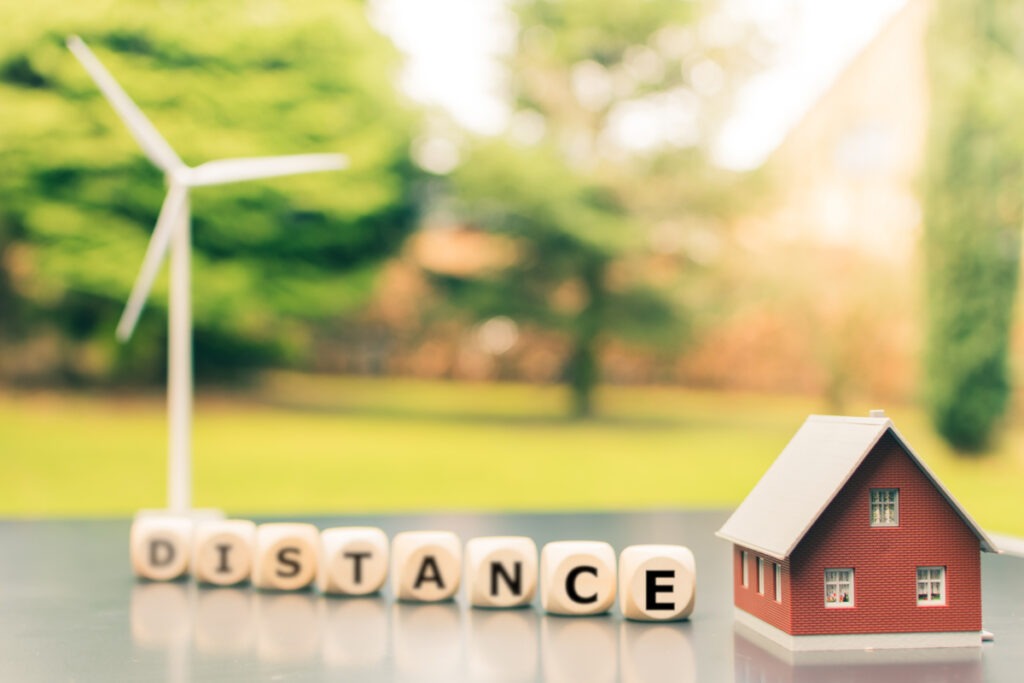
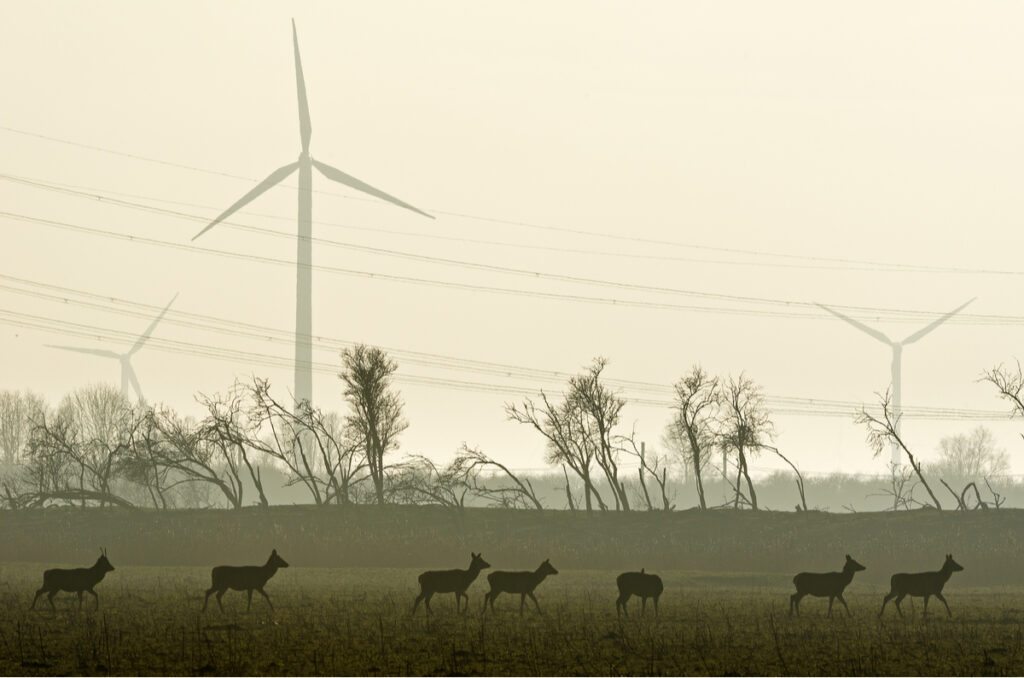
Birds and other fauna
Impacts on fauna in the project area will be limited. For example, Flying squirrels may be present in the area, but the potential habitats of the Flying squirrel are planned to remain unchanged.
Adverse effects on birds shall be reduced by modifying the siting plan of the wind turbines so that they are located at a safe distance from areas of bird value.
Flickering
Measures to reduce flicker can be, for example, planting protective trees or leaving them in areas prone to flicker. However, the effects of flashing on nearby settlements and road traffic have been assessed in this project to be so small that there is no need for specific measures. According to the assessment, no significant flicker or flicker is caused to the population close to the project area, and the guideline values in use in Denmark and Sweden are not exceeded;
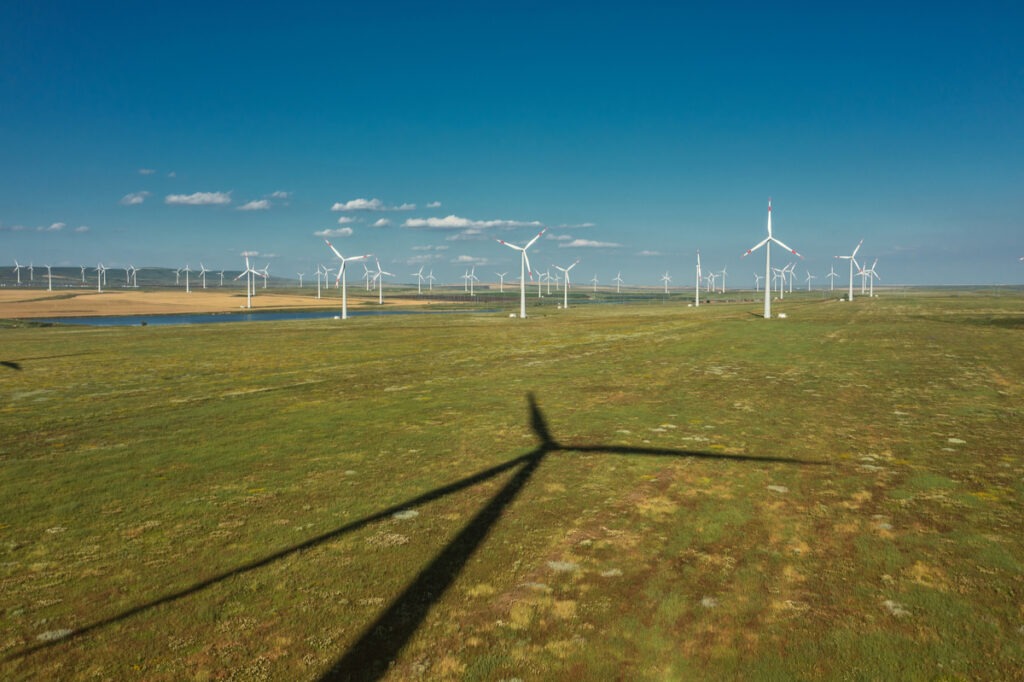
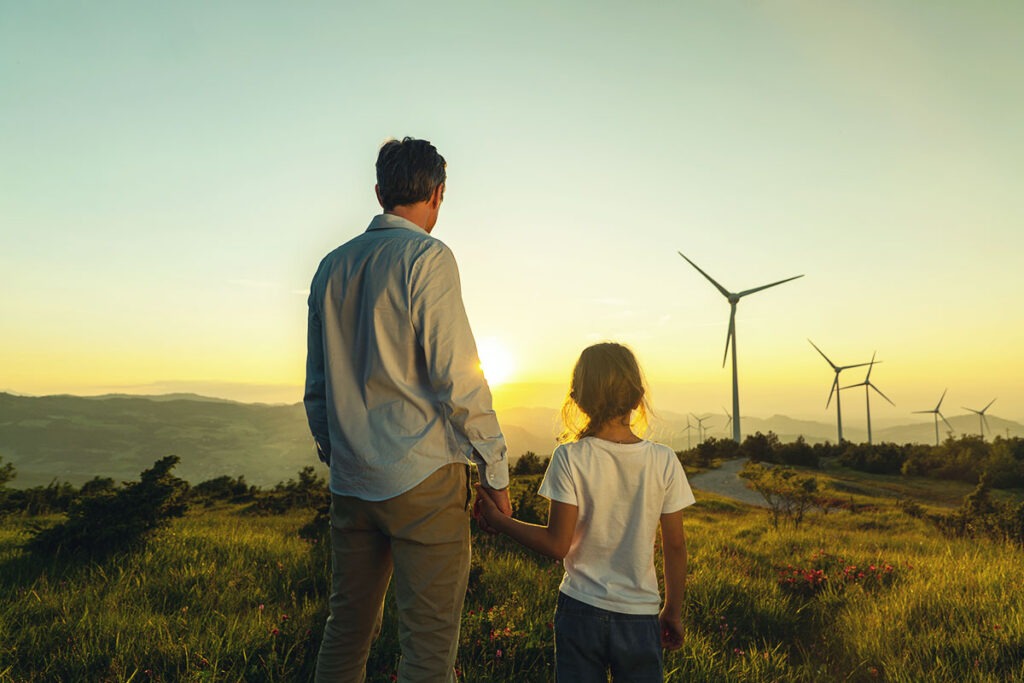
People's livelihoods, living conditions and well-being
The adverse effects of the project can be mitigated by careful planning and by actively informing permanent and leisure residents. Informing other people using the area (recreational use, businesses, etc.) also eliminates the uncertainty experienced by people. The effects can also be mitigated by improving road safety in the area and ensuring the recreational use of the area during the construction phase as far as possible.
Adverse effects on people’s living conditions and comfort in the area can be reduced by investing in reducing the noise of wind farms, e.g. with the noise-optimized operation. During construction, the work must be well planned and carried out efficiently. Special attention should be paid to traffic safety during construction near the project area.
The planning of measures related to the prevention of the adverse effects of the project on the reindeer industry will be continued with the Pintamo Paliskunta and the Paliskunta Association.
Safety
Ice formation in wind turbines will be reduced by a blade heating system. The safety risk posed by ice falling from wind turbines is estimated to be small, but when moving in the vicinity of power plants during the winter, it is good to observe certain safety distances. Attention should be paid to the traffic safety of the surrounding area during the construction of the wind farm, for example by providing information and setting temporary speed limits;

General information about impacts of wind farms
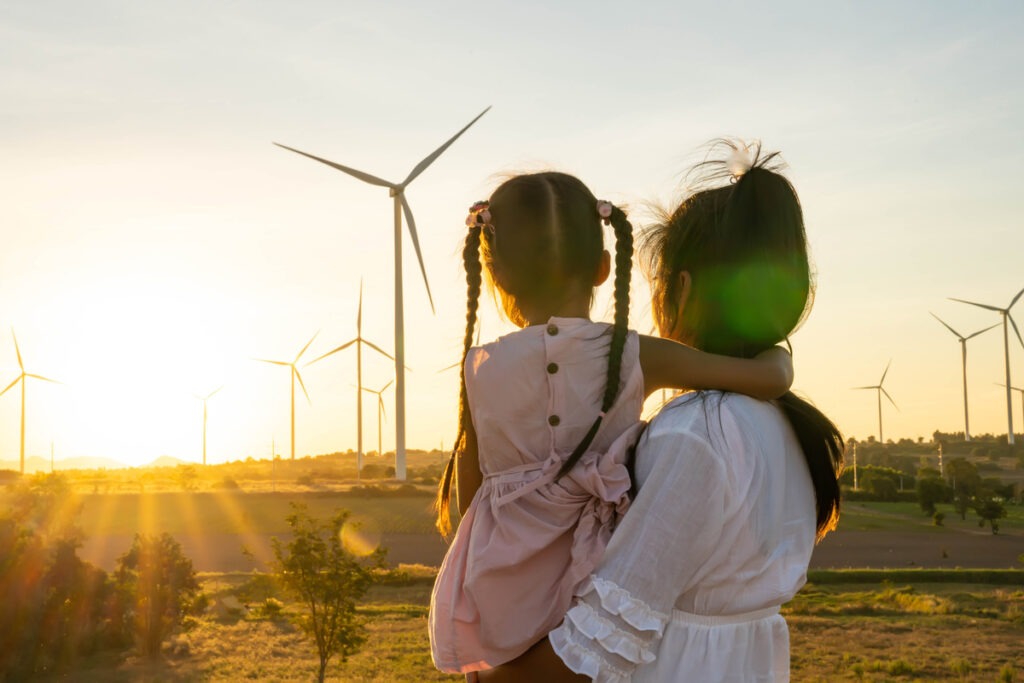
Noise
Although the noise generated by modern wind turbines is modest (compared to, for example, heavy industry or the timber industry), the rumble caused by the movement of the blades in the vicinity of a wind farm cannot be prevented entirely. Nevertheless, operating noise above normative levels from the most powerful wind turbines does not extend further than 700 metres from the turbine even under the most conservative assumptions. In any case, the developers aim to devise a wind farm that will not disturb the residents in the vicinity.
During the wind turbine design process, a noise map is drawn up, showing the estimated propagation of noise. Such noise maps are based on the assumption that all wind turbines are operating in the mode which produces the maximum amount of noise and that the noise propagates simultaneously in all directions. In real life, however, this is never the case, because noise can only travel in one direction downwind. In noise modelling, the absorption or reflection of sound on the ground is also taken into account – for example, forests are excellent noise barriers and absorb various sounds relatively well. In addition, some of the noise generated by wind turbines is attenuated by normal background noise, such as the movement of vehicles or the rustling of the wind. In conclusion, noise maps take many precautions into account, as a result of which the actual noise level is always lower than in the models.
Shadow flicker
On sunny days, rotating wind turbine blades cast moving shadows. For such shadow flicker to occur, the wind turbine must be aligned with the observer as well as the sun (the line of the sun’s rays). As such, the time of occurrence of these moving shadows is easily predictable and modellable, allowing it to be taken into account when deciding the positioning of the wind turbines. This makes it possible to completely prevent disturbances due to the shadow flicker effect.
Infrasound
Infrasound is sound whose pressure changes at a frequency of less than 20 Hz, i.e. below the lower hearing threshold of the average person. The infrasound generated by wind turbines always falls below the human hearing and perception threshold. Moreover, various studies show that the infrasound generated by wind turbines is of the same order of magnitude as infrasound generated by natural phenomena. At a distance of about 300–500 metres from a wind turbine, the risk to human health from infrasound is non-existent.
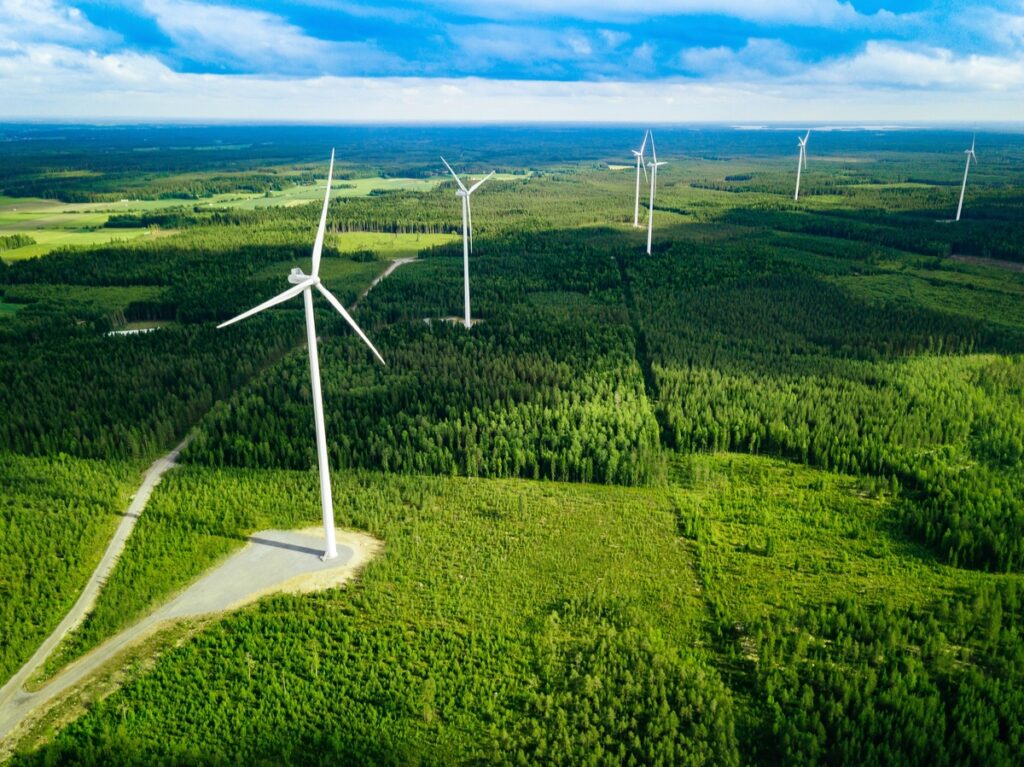
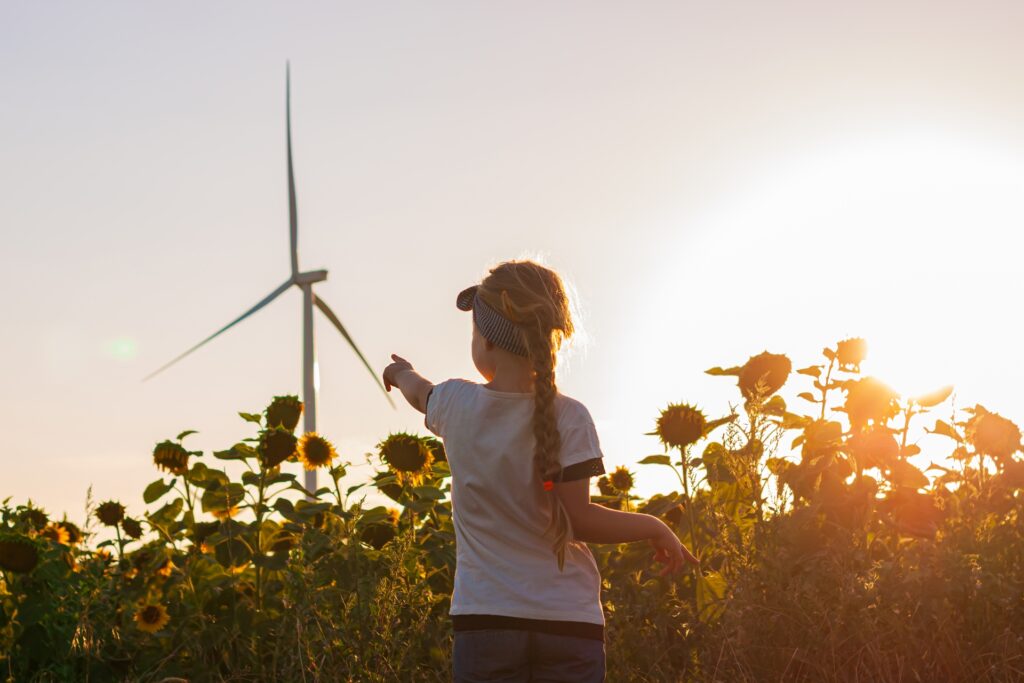
Vibration
In order for a wind turbine to remain stable and durable, the foundation of the turbine must be completely vibration-free. Therefore, we can safely say that operating wind turbines do not cause ground vibration.
Radiation
Wind turbines do not emit any radiation and therefore involve no radiation-related risks.
Birds
The risk of birds flying into the wind turbine or being struck by its blades is seen as one of the main and more distinctive impacts of wind turbines on the natural environment. However, it is possible to take several measures to minimise or prevent this risk. Painting of turbine blades and the installation of special lighting for non-daylight hours has been successfully employed to make turbine blades more visible to birds. In addition, the rotational speed of modern wind turbines is relatively low, which also significantly reduces the risk of collisions.
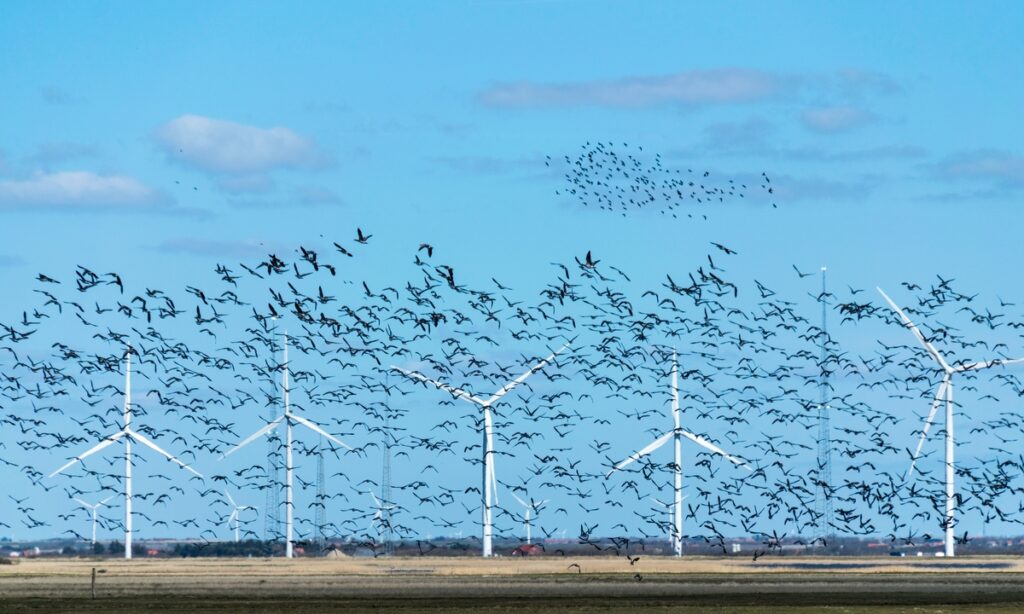
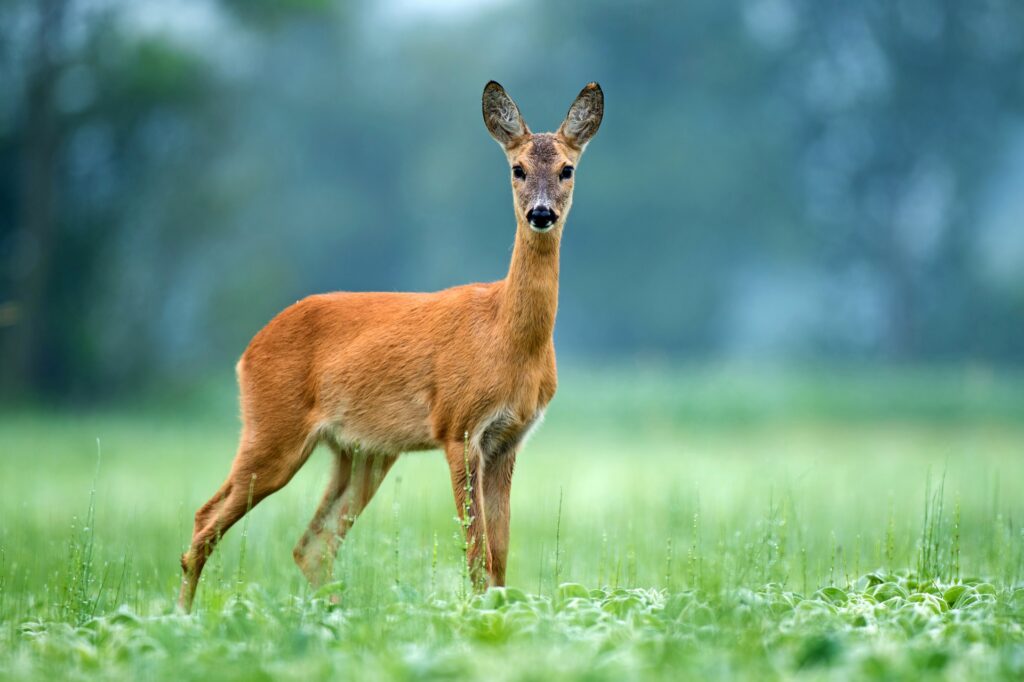
Animals
The impact of wind turbines on animals depends on a number of factors, including the location of the wind turbines as well as the particular species of animal and that species’ sensitivity to external influences. Estonian biologists have reported, for example, that various mammals have adapted surprisingly well to wind farms on the west coast of Estonia. Several studies also show that game animals that are more wary of humans become used to wind turbines fairly quickly after construction even in forested areas. Whether and how wind turbines will affect biodiversity and animals, however, is identified during strategic environmental impact assessment. In the impact assessment and wind farm planning process, the objective is to ensure that the construction of the wind farm does not have a significant impact on animals. If this cannot be ensured by mitigation measures, the construction of the wind farm in the area will be abandoned.
Water
Based on previous experience, it does not appear that the construction and operation of wind farms has a negative impact on groundwater or dug wells, or on surface water. In order for this to remain the case, the potential impacts are analysed in more detail during the environmental impact assessment and, if necessary, engineering solutions are deployed to prevent any risks.
Deforestation
For the construction of a wind farm, trees need to be removed from the area of the foundation of the wind turbine and the construction site, which means an area of approximately 1 ha per wind turbine. At the same time, it is essential to preserve the green infrastructure and the habitats of animals and birds. There are no known wind farm development projects where animals and birds have not returned to the area after the end of the construction operations.
